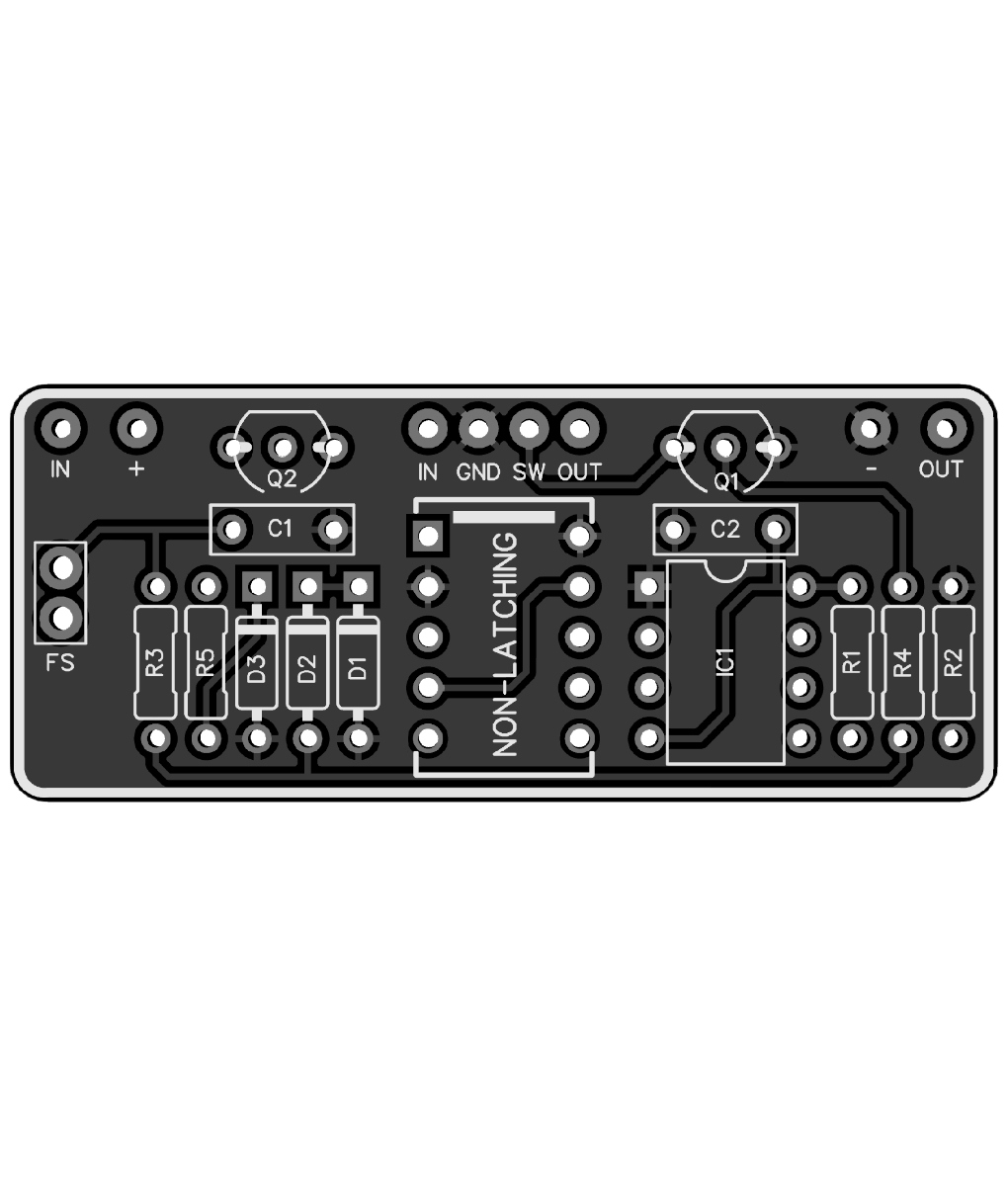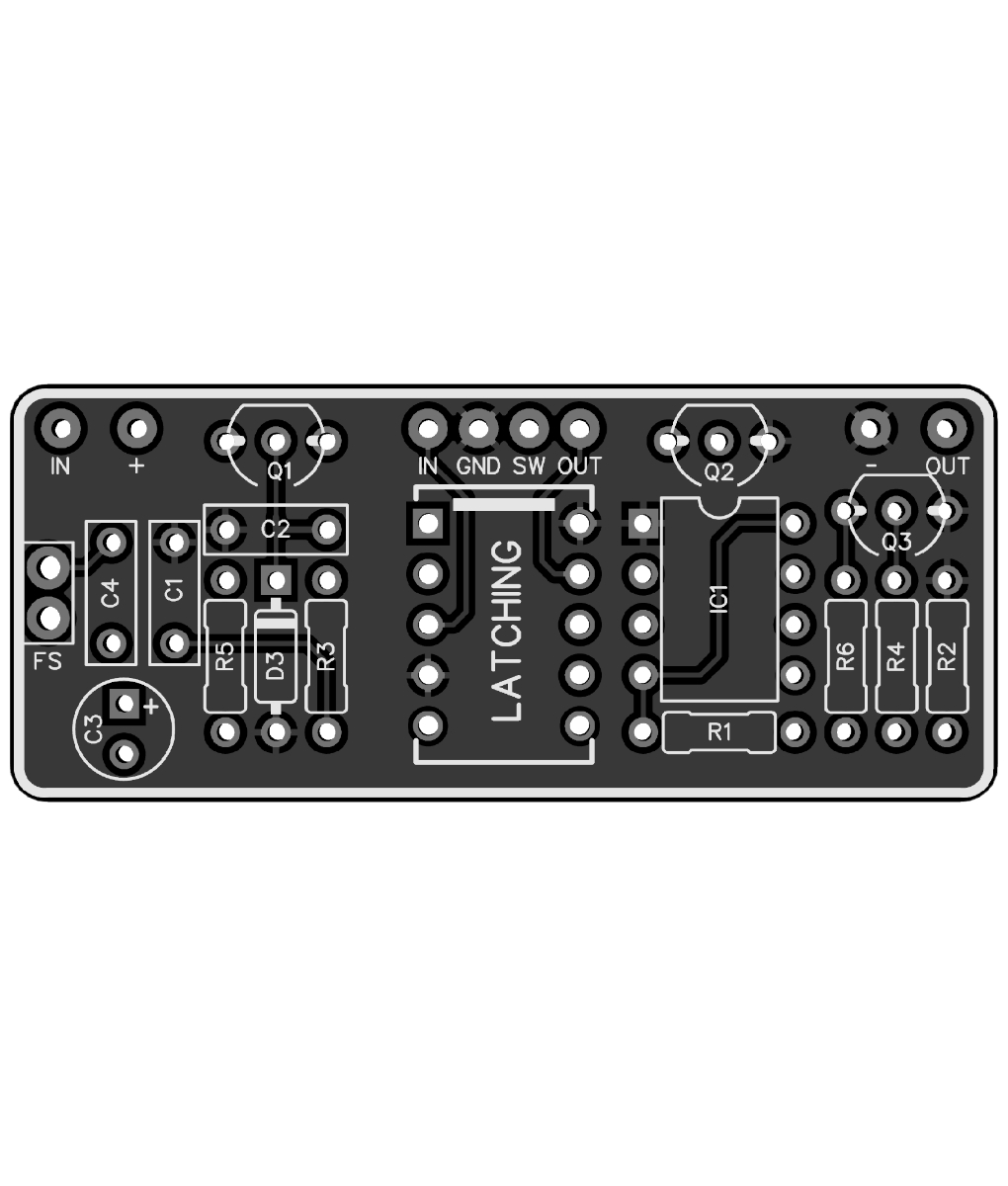benny_profane
Well-known member
This is probably overkill for what you're trying to do, but take a look at this project:

Yes Ive seen this before. It would be a fun project I’m sure but it’s definitely more than I’m looking for. Thanks!This is probably overkill for what you're trying to do, but take a look at this project:
Like this? https://mkvtech.blogspot.com/2016/10/latching-relay-using-555-timer_4.htmlThe 555 circuit can be modified to work with a latching relay fairly easily.
Thanks for the input. PedalPCB is quality I don’t doubt it and I may end up biting the bullet at some point and replace simple 3PDT switches with thoseI've had a similar experience to a few others on this thread: I've tried several other relay switching solutions (from vero builds to store-bought kits) and haven't liked any of them...until I tried the PedalPCB version.
Not quite sure what's different about it, but it performs better than any of the half-dozen others I've tried.
Yeah the mounting technique is really slick. Glad to see David is offering it as a product now.Oh awesome, that’s a great design. I was going to get my own made up anyway but good to know!
Just curious, have you tried this one?I've had a similar experience to a few others on this thread: I've tried several other relay switching solutions (from vero builds to store-bought kits) and haven't liked any of them...until I tried the PedalPCB version.
Not quite sure what's different about it, but it performs better than any of the half-dozen others I've tried.
This was just added to the effects layouts store:


If I understand correctly, only the power consumption differs between the latching and non-latching version ? Is it significant ? (I begin in pedal making ^^)
Probably a dummy question about relays (and obviously with cheapie-skate undertones): I was looking at the DPDT relays at Tayda, and most have 8 pins, though the relay referenced seems to have 10. Is there a difference? Also, will the relay used need to be 4.5VDC, or is there some variance allowed? Relays are a whole new thing for me, I've only ever used or understood mechanical switching...Yep, both are 555 based. I considered a CMOS flip-flop but the 555 is easier to find and a little cheaper.
TQ2-L-5V for the latching version. ($4.08 from Mouser)
A-4.5W-K for the non-latching version. ($1.60 from Tayda)
Just to clarify, both of these modules behave exactly the same. They both "latch" when you press the footswitch... neither are momentary, you just have the option of latching or non-latching relays.
Ideally I wanted one PCB that could use either type of relay, but there are some special considerations with the latching version and in order to keep the size similar to the Intelligent module I just decided to split them into separate modules.
